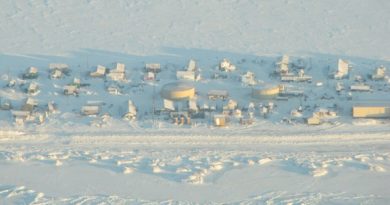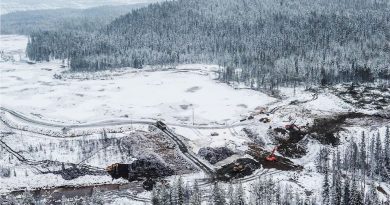Northern climate poses challenge for hybrid power system in community in Canada’s Northwest Territories
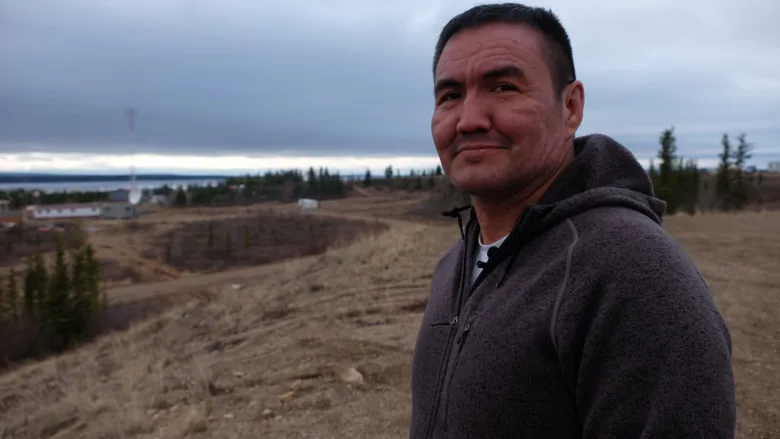
Primary goal was to reduce power outages in remote Arctic community
More than five years after Colville Lake’s hybrid power system was launched, officials are calling the pilot project a success — even though there are still power outages happening in the N.W.T. community, and the system isn’t generating as much solar power as initially expected.
The plant combines two solar arrays and a three-battery storage system with diesel generators to power the town of less than 200 people.
Belinda Whitford, the executive director of the Northwest Territories Power Corporation (NTPC), said they’ve managed to “significantly reduce” the number of power outages happening in the community — which was its initial goal.
There were 51 power outages in Colville Lake in 2014-2015, before the system had been turned on, according to NTPC data. By 2020-2021, there were 10. But that number hasn’t been steadily declining over the past few years.
It’s been all over the map.
There were 23 outages in 2015-2016, 20 in 2016-2017 and 17 in 2017-2018. Outages then jumped to 26 in 2018-2019 and fell to just four in 2019-2020, before hitting 10 again most recently.
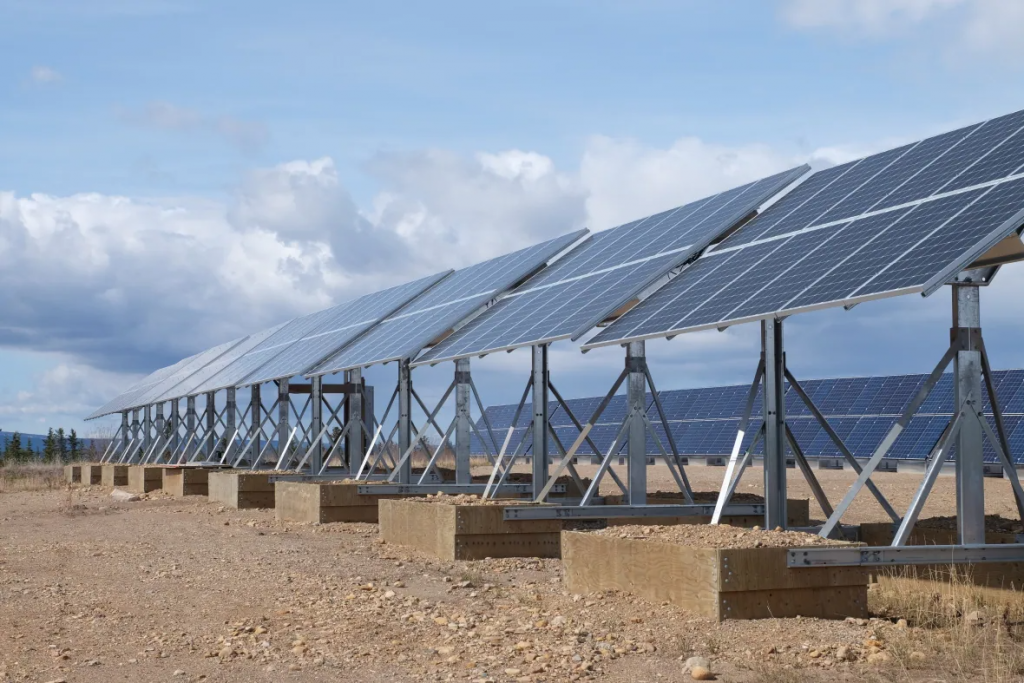
“To have it off, multiple times in the winter time, I didn’t really think that was acceptable,” said David Codzi, who has lived in Colville Lake his entire life.
“Over the first couple years the power was good and stable, it didn’t go off. Just this last year we’ve had a lot of outages.”
Challenges of the North
The $8-million plant was the first of its kind in Canada, and Whitford said it is “complex.”
“I don’t think we really understood — ourselves as well as the manufacturers and people helping us implement it — I don’t think we really understood how all those complexities would work together in a northern environment.”
For example, other utilities operating a solar array are usually connected to a power grid and have “instantaneous backup.” Colville Lake’s system, meanwhile, relies on batteries to kick in during the times when there isn’t enough light coming into the solar array and when the diesel generator needs to power up.
“Trying to communicate between all those pieces really has been the biggest learning curve in terms of us operating the system,” said Whitford.
The batteries also need to be used differently in a colder climate, she said.
Instead of charging the batteries completely and draining them down to empty again to maximize the amount of solar power used, the power corporation has learned their “prime operating environment” is in a mid-range zone — not fully charged and not fully drained.
That is why the system has come up “a little bit short” of its intended goal of generating 20 per cent of Colville Lake’s power per year.
Solar power expectations
In 2020-2021, Whitford said the solar array generated about 105,000 kilowatt hours of power.
That’s 15 per cent of the community’s power needs and the equivalent of powering about 12 residential houses for a year, she said.
It also means the community saved a little more than 35,000 litres of diesel fuel — which would have cost $41,000 according to NTPC’s fuel prices — and it represents a decrease of 86 tonnes of greenhouse gases per year.
“I think that’s a win,” said Whitford.
In 2014, NTPC said Colville Lake was one of the most expensive places to power — and it was spending about $140,000 a year on diesel that had to be brought in once a year by winter road.
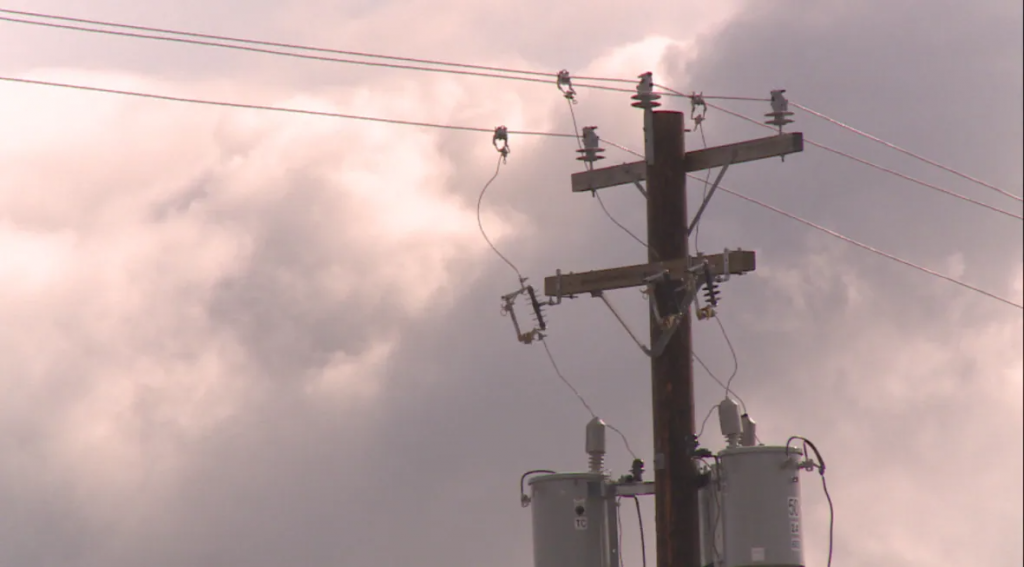
The first solar array, manufactured by Azgard Solar in Ontario, was installed in 2014. The second, from Green Sun Rising in Alberta, was installed in 2016.
Although the power corporation continues to work with the manufacturers of each solar array to optimize the system, Whitford said she’s not sure they’ll be able to increase the amount of solar power it creates.
“As batteries and solar panels age, they tend to have less ability, less production,” she said.
Those pieces of equipment are expected to have a 25-year lifespan.
Looking to the future, Whitford said the power corporation continues to assess how effective the pilot project is.
“Over and all, I think it’s really good,” said Codzi.
“To be moving ahead and modernizing in this sort of way I think is good. As much as fuel is convenient, we should be working away from that.”
Codzi would like for Colville Lake to rely less on resources from the South to power the community, and says it’s smart to move toward renewable sources of energy — like the sun and the wind — instead.
“Those types of things, you’re not going to get it all the time, but when you do — free energy is good.”
Related stories from around the North:
Canada: Arctic climate change among priorities of Canada’s new Governor General, Eye on the Arctic
Finland: Finland’s July temperatures in Lapland one to three degrees above average, Yle News
Norway: Polar bears face extinction in Svalbard and Arctic Russia says scientist, The Independent Barents Observer
Russia: Extreme fire activity continues in Yakutia, Russia, Eye on the Arctic
Sweden: Heavier rainfall will increase risk of landslides and flooding in Sweden, Radio Sweden
United States: Alaska’s Northwest Arctic Borough gets $2 million tribal energy grant, Alaska Public Media

